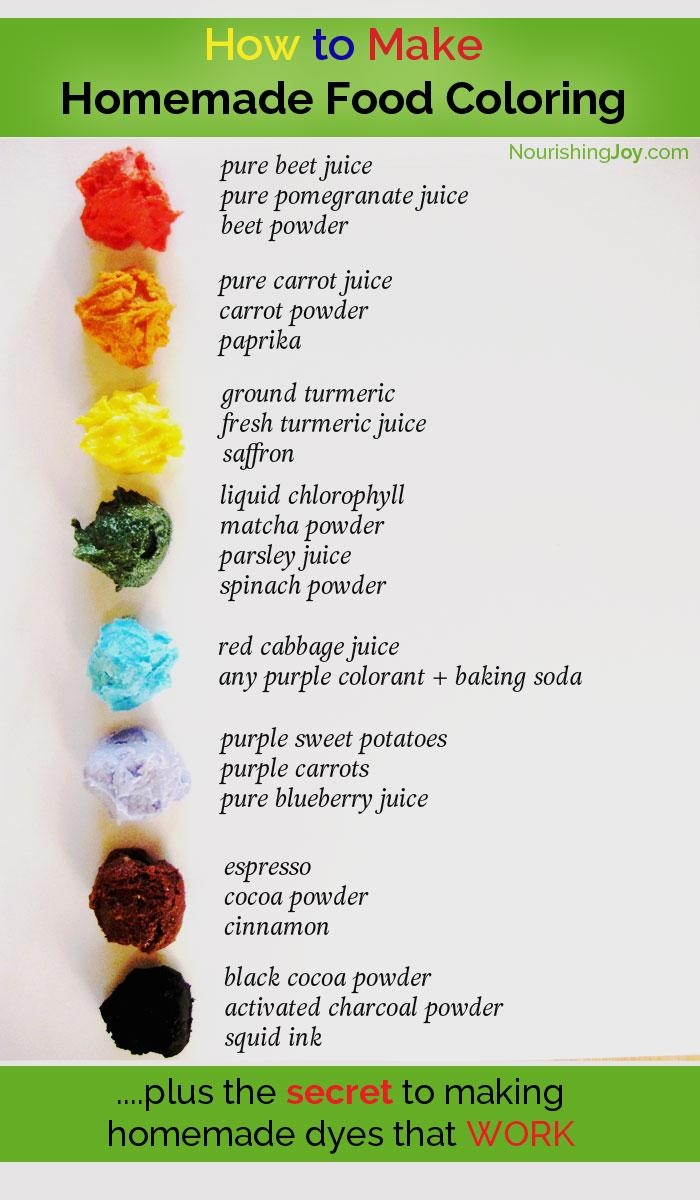Yellow food coloring is a popular choice for adding a bright and cheerful hue to various dishes and baked goods. Whether you’re looking to enhance the appearance of a lemon cake or create vibrant yellow frosting, food coloring can help achieve the desired result. Understanding the ingredients used to create yellow food coloring can provide insights into how these products work and their potential impact on health.
Yellow food coloring is typically made from a combination of synthetic and natural ingredients. Some common components used to achieve the bright yellow hue include tartrazine, also known as E102, which is a synthetic lemon yellow dye. This artificial coloring is often used in processed foods, beverages, and desserts to create a consistent and appealing appearance.
In addition to synthetic dyes, yellow food coloring may also contain natural ingredients such as turmeric, saffron, or annatto. Turmeric, a spice commonly used in Indian cuisine, offers a vibrant yellow color and adds a subtle earthy flavor to dishes. Saffron, one of the most expensive spices in the world, can impart a rich golden hue to food and is often used in high-end culinary creations. Annatto, derived from the seeds of the achiote tree, provides a warm yellow-orange color and is commonly used in Latin American and Caribbean cuisines.
When choosing a yellow food coloring product, it’s essential to consider your preferences and dietary restrictions. Some individuals may prefer natural alternatives to synthetic dyes due to concerns about potential health risks associated with artificial additives. By opting for products made with natural ingredients like turmeric or saffron, you can enjoy the benefits of vibrant color without compromising on quality or taste.
Overall, yellow food coloring ingredients can vary widely depending on the product and brand. Whether you’re looking for a bright and bold yellow hue or a more subtle golden tone, there are plenty of options available to suit your needs. By understanding the ingredients used in yellow food coloring, you can make informed choices about the products you use in your culinary creations.
In conclusion, yellow food coloring ingredients can range from synthetic dyes like tartrazine to natural sources like turmeric and saffron. Whether you’re baking a batch of lemon cupcakes or decorating a festive cake, incorporating yellow food coloring can help elevate the visual appeal of your dishes. By exploring different ingredients and experimenting with various products, you can discover new ways to add a pop of color to your culinary creations.
